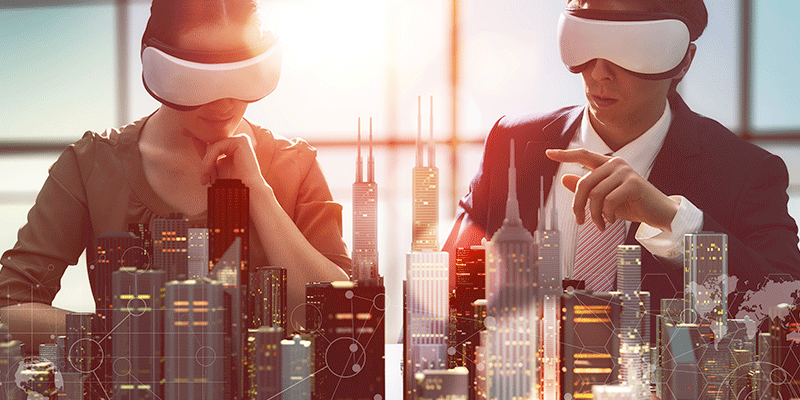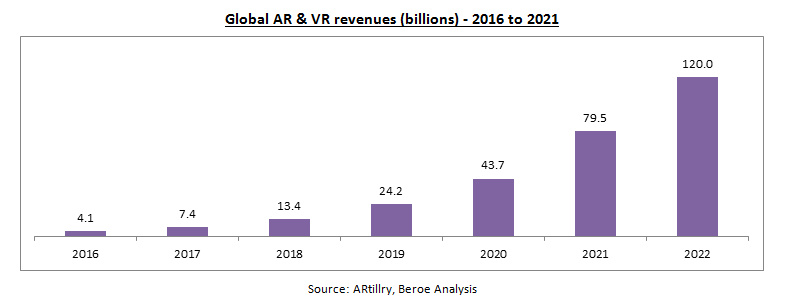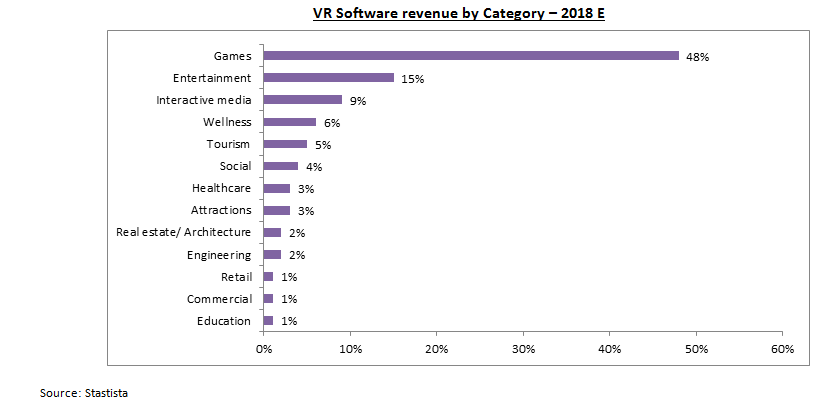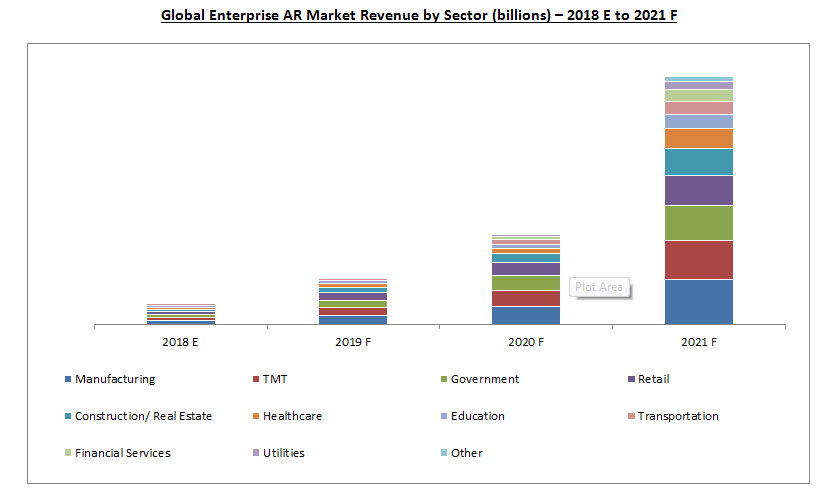
Augmented Reality And Virtual Reality - The Future Of Construction


Abstract
The global construction industry is expected to grow by an average of around four to five percent between 2016 and 2019. The U.S., China, and India are expected to hold approximately 50 percent of the share—worth $87 trillion—in incremental construction expenditure during the next 15 years. The construction industry contributes between five and ten percent of the total GDP in various countries such as the U.S., the UK, and China, and is a key driver for economic growth. Hence, the development of this sector is of utmost importance to sustain urbanization levels and to improve the standard of living. Several initiatives have been adopted to address issues faced by the construction industry. However, the implementation of advanced technologies is accepted as the most effective and permanent solution to these issues. Several technologies—such as Building Information Modeling (BIM), drones, and 3D printing—have been successfully implemented to address these issues.
‘Augmented Reality/Virtual reality’ is the newest technology that has gained traction globally. This technology has been successfully implemented in various regions across sectors in the Engineering & Construction industry. Construction firms in the European Union, the U.S., and various other developed and developing countries have been actively involved in the implementation of virtual reality in the industry.
| Key Highlights |
Improvement in the conventional methodologies used in the construction industry and the use of advanced technologies will improve design understanding and the safety of workers and minimize project changes before the start of construction |
Introduction
- Virtual reality is an environment that is artificially created using various types of hardware and software. The VR user experiences an artificial environment that is created to resemble a real structure or environment. VR is an image created in 3D which is viewed using a computer or devices such as haptic devices, wearable devices, and warble display screens.
- Augmented reality is the combination of digital data and the real environment of the user. An AR app or plugin device is used to capture the digital data from the computer and is then used to create images or layers in an existing environment. Simple AR programs make use of the global positioning system to determine the user’s position and a compass to identify their orientation. Whereas complex AR programs make use of gesture recognition, object recognition, and machine vision technologies. The difference between VR and AR is that VR creates a complete artificial environment, whereas AR projects images onto an existing environment.

AR/VR in Construction
- The global construction industry has been one of the last industries to adopt new technologies. However, some technologies have helped to transform the industry in the past. One such example is the adoption of the BIM system to execute project design. BIM is a technology that brought a revolution in the global construction industry and helped to transform it. However, the newest technology—with a similar potential—is expected to be AR/VR. This technology could help solve several issues faced by the industry and will bring about ease in the execution and management of projects.

- The United States is expected to experience maximum growth in the adoption of AR/VR technologies in the construction industry, followed by the Middle East and Asia (especially China). The Compound Annual Growth Rate is expected to be between 80 and 100 percent across these regions until 2022.

- Some common issues faced by the construction industry are:
- Onsite safety and training of construction employees
- Accuracy in design and execution
- Time and budget constraints
Impact of AR/VR on the Construction Industry
- Design Analysis – The implementation of AR/VR in the initial design and planning phase of a project provides the engineers and architects with an understanding of the accuracy in the building design and opportunity to make the necessary changes. The use of this technology results in efficient designs and time management, as specifications are better understood and there is better co-ordination within teams.
- Safety and Training – On-site construction job profiles can be dangerous due to safety concerns. Laborers are provided with classroom training sessions on safety. However, it is deemed insufficient due to the lack of practical exposure. The implementation of AR/VR technology in training programs provides the workers with life like situations which will help them address onsite problems while in training. This increases the efficiency and presence of mind of the workers onsite, thus addressing safety concerns.
- Efficient Management – Project managers are constantly faced with time and cost overrun issues, especially in medium and large projects. The implementation of AR/VR from the initial phase helps create a virtual image of the structure, providing both the engineers and the architects with information concerning design flaws and the changes to be made. This reduces the time required for changes and rework. It also results in more efficient planning, leading to project completion within the given cost and timeframe.
- Sales and Marketing – In the case of residential and commercial projects, sales and marketing has always been a challenge, as the customer is not able to view the product they will receive on completion. This results in reduced sales before the completion of the project which, in turn, results in lesser initial cash inflow. However, with the help of AR/VR, customers can be given a virtual tour of the facility/structure under construction, which results in better customer experience and understanding. It therefore leads to better marketing of projects and higher conversion rates in terms of sales.
Conclusion
Augmented Reality and Virtual Reality construction technology will be key initiatives in the industry in the near future. These technologies will provide the construction industry with the efficiency and flexibility it requires for its day to day operations. Coordination and project planning are the areas where AR/VR technologies will increase efficiency and prove to be the most helpful. The increasing need and growing demand for cost effective solutions have also led to increased R&D in this field, which has yielded positive scenarios. The integration of BIM and AR/VR technologies will result in a decrease in cost, quality, and time saving; and this technology is believed to be a game changer for the global construction industry.
Reference
https://artillry.co/artillry-intelligence/forecasts/global-ar-vr-revenue-forecast-2016-2021/
https://www.idc.com/getdoc.jsp?containerId=prUS43860118
https://connect.bim360.autodesk.com/virtual-reality-in-construction
https://vrvisiongroup.com/how-virtual-reality-is-set-to-change-the-construction-industry/
https://geniebelt.com/blog/5-key-benefits-from-augmented-reality-in-construction
https://www.intellectsoft.net/blog/ar-solutions-for-construction/
Related Insights:
View All
Get more stories like this
Subscirbe for more news,updates and insights from Beroe






